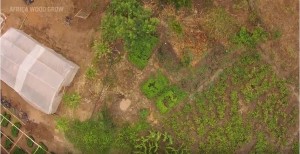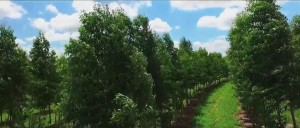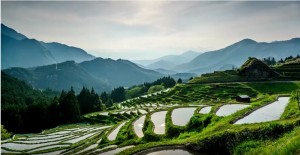
Amlankusam, a 45 year old agro-ecologist, has developed a concept that will ensure a sustainable agro-ecosystem capable of resisting climate change. He notes, “For the past five years, I’ve lived with my family in the heart of a plus-energy, vertical eco-neighborhood called ‘Hyperions’ producing more energy than it consumes. In collaboration with architects, agricultural engineers, agronomists and farmers, I eco-conceived a garden tower project rooted in Jaypee greens sports city, with the double objective of energy decentralization and food de-industrialization. My approach is holistic, combining the best of low-tech and high-tech instead of systematically opposing them.’

Developed under vincent callebaut architectures, the concept aims at combining archaeology and sustainable food systems, that grow up around wooden and timber towers in New Delhi, India. ‘Hyperions’ is made of six garden towers, each 36-story high containing residential and office spaces. the name comes from the tallest tree in the world ‘the Hyperion’ – a Sequoia Semperviren found in northern California – whose size can reach 115.55 meters (close to 380 feet). The aim behind the project IS to create a cultural hub that combines urban re-naturation, small scale farming, environmental protection and biodiversity.
Click here to learn more about the initiative






